Blueberry leaves turning yellow to almost white
inkfin
9 years ago
Related Stories

EDIBLE GARDENSSummer Crop: How to Grow Blueberries
Plant blueberries in spring or fall for garden beauty through three seasons — and a sweet superfood in summer
Full Story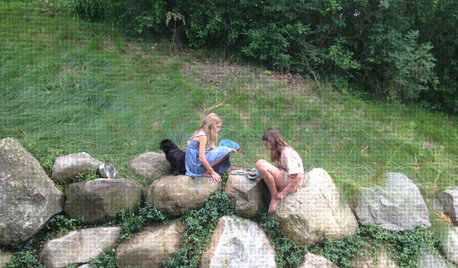
LIFETurn Off the Video Games and Turn On Your Kid's Creativity
Going nuts planning summer activities? Kids overdosing on screen time? It may be time to foster more self-directed play
Full Story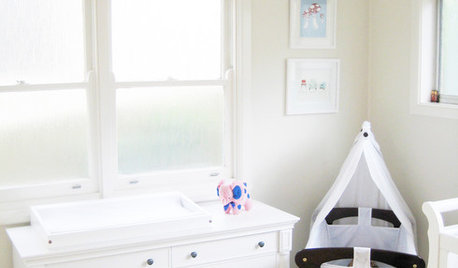
COLOR5 Ways to Go Bold With (Almost) All White
Take away color to gain focus on textures and interesting details and create a purely relaxing mood
Full Story
FALL GARDENING5 Ways to Put Fall Leaves to Work in Your Garden
Improve your soil and yard the organic way with a valuable garden booster that grows on trees
Full Story
HOUZZ TOURSMy Houzz: Family of 5 Lives (Almost) Clutter Free
Smart decor decisions and multipurpose items help this San Francisco family keep things tidy
Full Story
CLOSETSHow to Style Your Closet (Almost) Like a Celeb
12 closet tips: Sorting, planning, lighting and styling make "What to Wear?" easier to answer
Full Story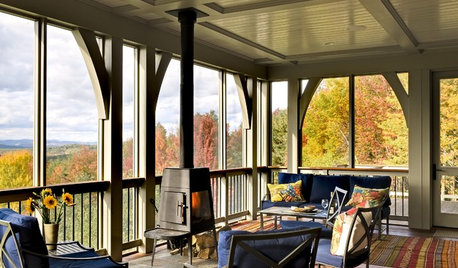
GARDENING AND LANDSCAPINGScreen the Porch for More Living Room (Almost) All Year
Make the Most of Three Seasons With a Personal, Bug-Free Outdoor Oasis
Full Story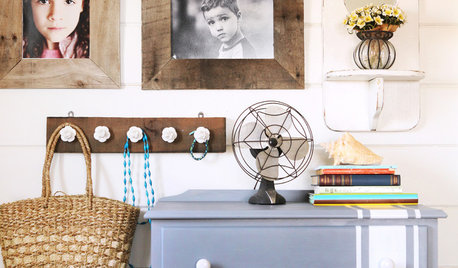
DIY PROJECTSTurn a Wooden Pallet Into Unique Photo Frames
Free wood? We're so in. Salvage a pallet or other cast-off wood to make delightfully distressed frames that fit almost any decor
Full Story
LAUNDRY ROOMSRoom of the Day: The Laundry Room No One Wants to Leave
The Hardworking Home: Ocean views, vaulted ceilings and extensive counter and storage space make this hub a joy to work in
Full Story
HOUZZ TOURSMy Houzz: Turning a Netherlands Barn Into a Country Home
Once a place for chilling milk, this Dutch home now lets the owners chill out in easygoing comfort
Full Story





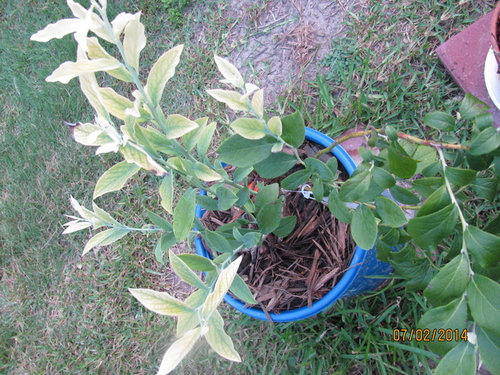

mhayes8655 zone4mn
inkfinOriginal Author
Related Professionals
Ashland Landscape Architects & Landscape Designers · East Rancho Dominguez Landscape Architects & Landscape Designers · Havre de Grace Landscape Architects & Landscape Designers · Saint Charles Landscape Architects & Landscape Designers · Aurora Landscape Contractors · Stoughton Landscape Contractors · Annandale Landscape Contractors · Corona Landscape Contractors · Galt Landscape Contractors · Goodlettsville Landscape Contractors · North Lauderdale Landscape Contractors · Soddy Daisy Landscape Contractors · Spring Landscape Contractors · Suitland Landscape Contractors · Wareham Landscape Contractorsfruitnut Z7 4500ft SW TX
ericwi
fruitnut Z7 4500ft SW TX
inkfinOriginal Author
fruitnut Z7 4500ft SW TX
inkfinOriginal Author
inkfinOriginal Author
strawchicago z5
fruitnut Z7 4500ft SW TX
strawchicago z5
fruitnut Z7 4500ft SW TX
charina
charina
inkfinOriginal Author
inkfinOriginal Author
Laurel Zito
evenh123